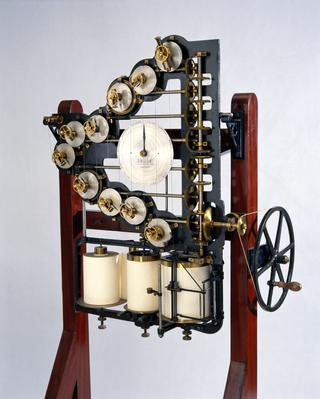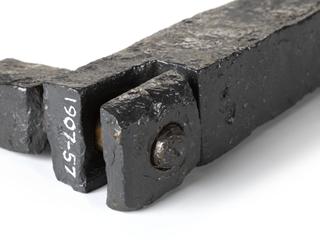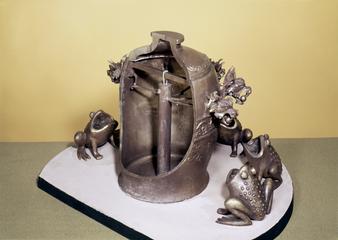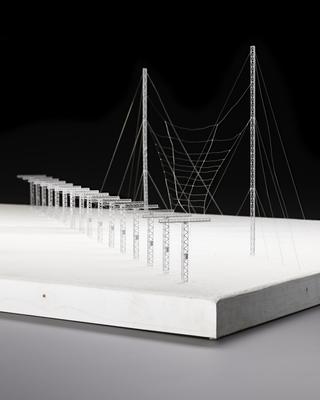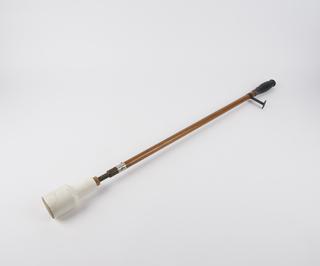Horizontal pendulum seismograph designed by John Milne and operated at Kew Observatory
Single boom horizontal pendulum seismograph no.9, designed by John Milne and made by R. W. Munro, 105-149 Cornwall Rd, South Tottenham, London, 1898. This instrument was installed at Kew Observatory and was one of the first such devices in the worldwide network of seismographs established from 1897 by Milne and the British Association for the Advancement of Science (BAAS).
More
This design of horizontal pendulum seismograph detected small vibrations from distant earthquakes. Instruments of this type formed part of a worldwide network of seismographs administered from Britain. Observations from similar instruments in different locations could be compared in order to determine earthquake epicentres, and increasingly seismologists used the data to reveal the interior structure of the Earth.
This particular instrument was operated at Kew Observatory from 1898 until 1925, when it was retired in favour of a suite of more sensitive Golitsyn (or Galitzin) seismographs that had been transferred from Eskdalemuir Observatory in Scotland (see Science Museum Group object number 1966-94).
- Materials:
- brass (copper, zinc alloy) , metal (unknown) and wood (unidentified)
- Object Number:
- 1939-385 Pt1
- type:
- seismograph
